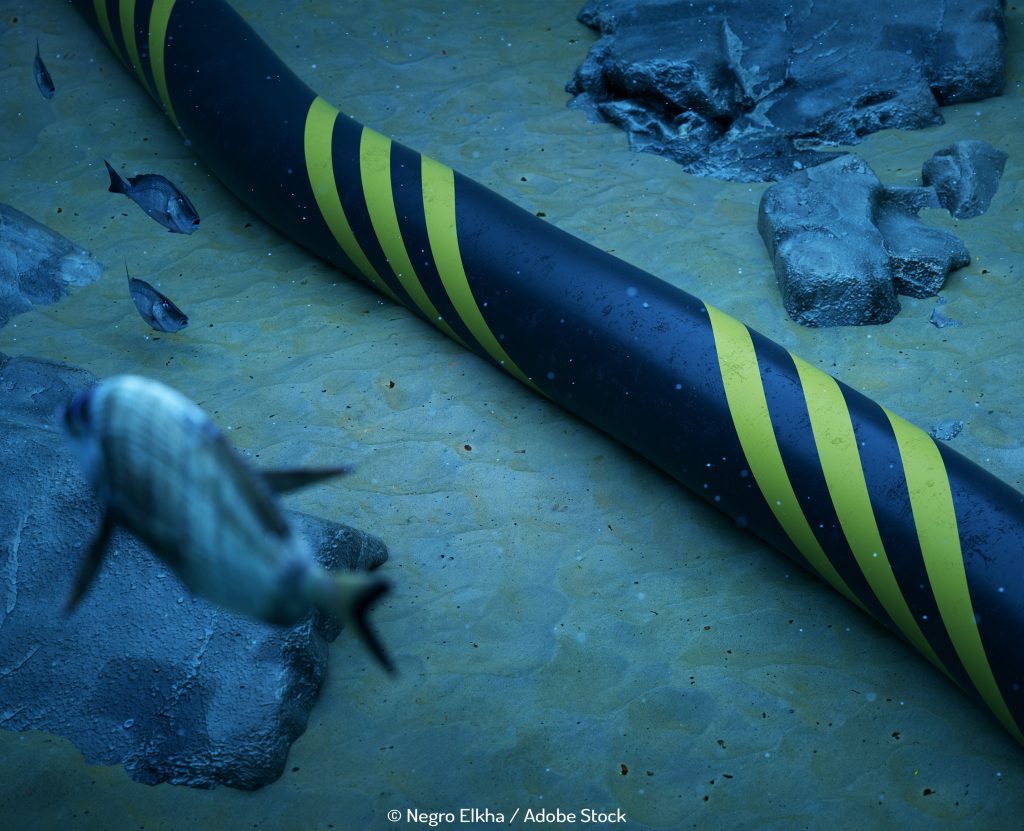Linking renewable resources to maximize power potential
The old stories tell us that many years ago there were two giants, one in Scotland called Angus and another in Ireland called Fionn. They planned to fight in a bid to decide who was the biggest giant and to reach each other they each set about building a causeway from their shorelines to the other side of the sea.
Once again the links in the Irish Sea for Scotland and Ireland north and south are being spoken about, only this time in an altogether more pleasant way – in the pursuit of an offshore renewable energy project.
The goal is to build an epic renewable project which combines the powers of wind, tidal and wave generation in the Irish Sea, the straits of Moyle and the western coast of Scotland. This area has the potential to generate 16.1 GW of renewable energy – over 12 GW from wind, and 4 GW from wave and tidal. The plan is for 6.2GW to be connected by the end of the decade and for it to feed into Europe’s Energy 2020 Strategy which has a target to meet by that time of 20% of its energy to come from renewable sources.
ISLES (Irish Scottish Links on Energy Study) is one of a series of interconnected energy projects around at the moment, joining others like the North Sea Grid, Western Link and the Africa Clean Energy Corridor Initiative. As Peter Meisen from the US-based Global Energy Network put it, “There is unstoppable momentum to link renewables on every continent.”
Let’s hope that’s true. There are issues – finance for one. The costs are significant at £5.6bn but there are significant benefits to such a large project including the avoidance of stranded infrastructure, improved security and quality of supply and substitution of island wind for higher cost renewables. Some funding has already been secured from the EU’s INTERREG IVA Programme.
There is also the challenge of different regulations, incentives and priorities for funding. Meisen points to one example of underwater transmission cables that cross borders needing to abide by each country’s rules in regards to water rights.
The support for the project should get it past those niggling issues however. Fergus Eweing, the Scottish Energy Minister said, “ISLES is an excellent example of co-operation between Scotland, Ireland and Northern Ireland. Between us we have some of the best offshore renewable energy resources anywhere in the world but market and regulatory challenges have acted as a batter to development. The ISLES II study make some compelling recommendations for overcoming these and will require wider support at national and EU level to be fully effective. “That support is matched by Alex White the Irish Minister for Communications, Energy and Natural Resources who said, “(We) will continue our support for this work which has attracted wide interest across Europe. It’s value to citizens, consumers and business will become more and more evident over the coming years.”
Scotland has already been warned that unless it fully commits to offshore and onshore wind farms it will fall short of its 100% target for renewable electricity source by 2020. Scottish Renewables said on its present course it would reach 87%. It’s calling for more projects to get the go-ahead and chief executive Neill Stuart warned, “”The industry had expected an auction round for contracts this autumn, but UK ministers postponed that and we are still unsure if and when that will go ahead – which is inevitably impacting on investor confidence across the industry.”
The ISLES report advocates setting up a panel to identify “co-ordination opportunities and make recommendations to regulators.” As well as getting support from regulators, if the project is to succeed it will need backing from the UK Government. Ewing accepts criticism from Scottish Renewables but blames the Conservatives’ energy policies for preventing greater uptake of renewable plans. Perhaps this next week in Paris might change some opinions in Westminster. Unlike in Fionn’s time, the best solution isn’t to run away from each other and destroy the links.


